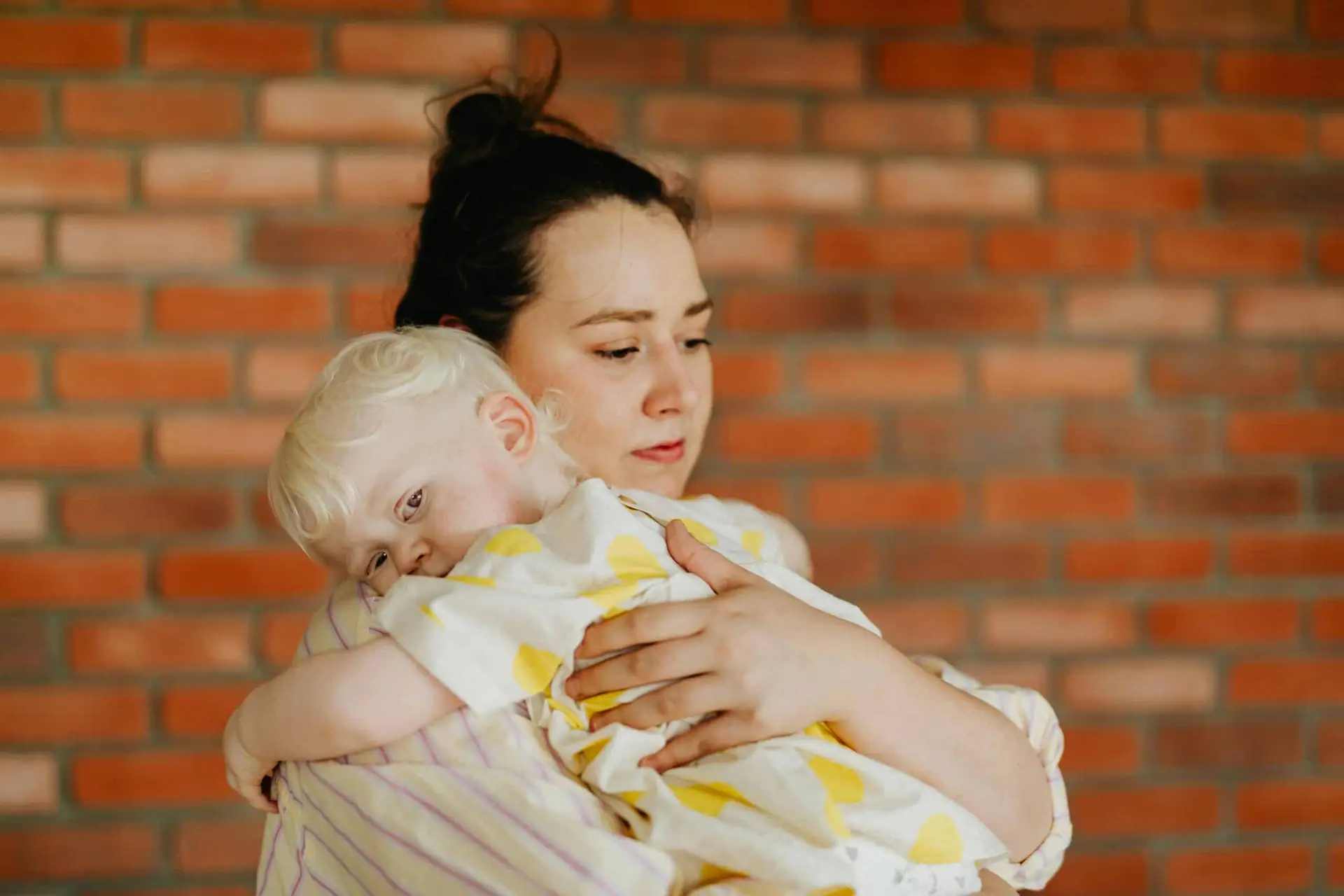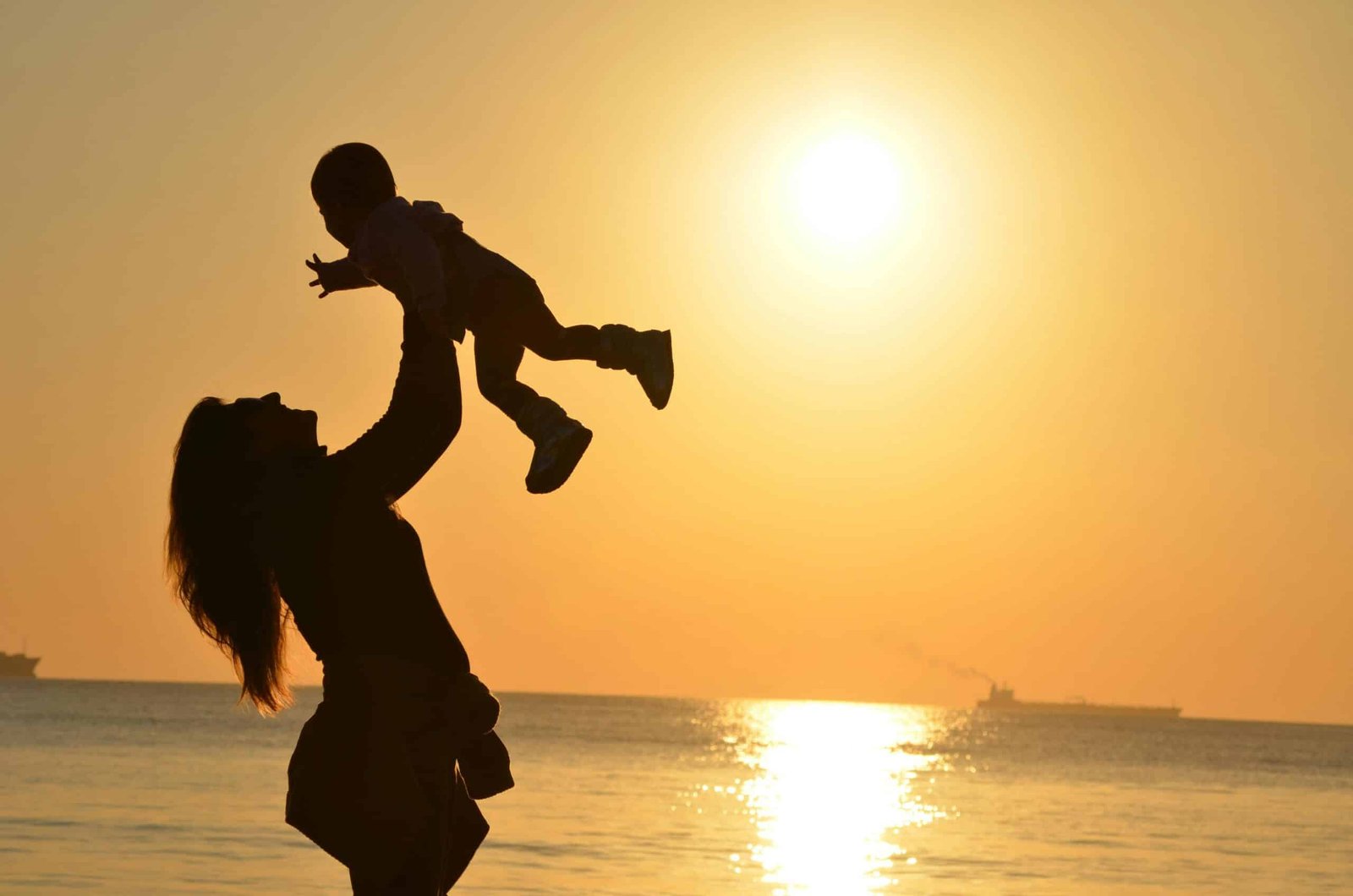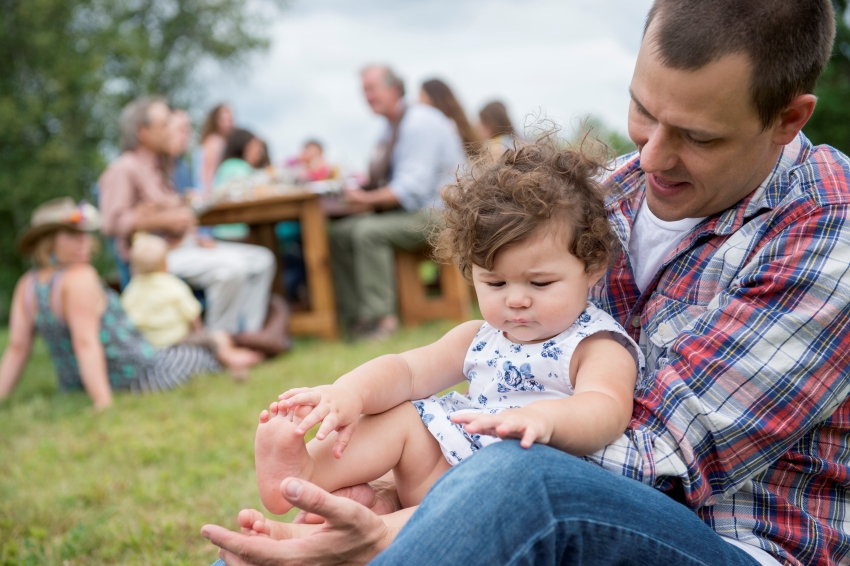Key takeaways for caregivers
- There are many types of adoption: domestic, international, open, closed, kinship, transracial, infant placement, late-placed. And there is tremendous range in the circumstances that precede and follow each adoption. Generalizing about adoption as a singular life experience that results in a generic outcome is inaccurate and oversimplified.
- The general perception of adoption overestimates deficits and pathology, while underestimating resilience.
- Children build resilience through relationships with supportive caregivers dedicated to their well-being.
- A strengths-based focus on adoption acknowledges humans’ capacity for adaptation after disruption, adversity, and loss.
At 23, Jordan Fisher decided he was ready to tell his adoption story on a big stage. Fisher was used to large stages: He had steadily built his career in musical theater with a recent Broadway debut in the hit, Hamilton. Now he was competing on Dancing with the Stars and he announced that his performance was inspired by the meaning of his adoption.
Fisher said this in an interview with People magazine at the time: “I’ve never had anything to hide or felt ashamed about my adoption. After almost 14 years in the industry … it just feels like the right time to share my story. My life could have been very different. It’s because of unrelenting, unconditional support and love I’m able to have the life that I have now and do everything I love to do.”
One family’s story highlights variability in adoption stories across families
Before exploring Fisher’s story, providing an accurate frame for its relevance is important. Adoption outcomes are individual, dynamic, and complex. Too often they are presented as oversimplified stories told about an adopted person rather than by an adopted person.
There is no typical adoption story. Some highlight gains, strengths, and satisfaction. Some feature more challenge, isolation, and pain. Most are kaleidoscopic, made up of some or all of these elements, and shifting in pattern and intensity over time.
Fisher’s reflections, as he chose to present them publicly, represent a strengths-based focus. Versions like this are underrepresented in research and in most popular portrayals of adoption — but they are more common than generally recognized.
This article is the first in a two-part series that uses Fisher’s comments about his adoption and what he learned growing up in his family to discuss how most adoptive families address the inherent complexity of adoption and thrive.
In Part 1, I tell Fisher’s story and explain the concept of resilience. In Part 2, I will focus on one idea Fisher highlighted – open communication – which research also identifies as an important factor in adopted children’s lives.

Photo by Pavel Danilyuk on Pexels
Jordan Fisher’s adoption story
Fisher was raised from birth by his maternal grandparents (whom he calls Mom and Dad) because, as he explained, his 16-year-old birth mother was in no position to be a parent when she gave birth to him.
Later, when his birth mother’s substance abuse interfered with her ability to care for his younger biological siblings, Jordan’s mother and father adopted their two younger grandchildren, too. At that point, Jordan went from being an “only” child in some ways to becoming a big brother.
This description of the members of the Fisher family can be confusing. Most adoptive families are more complex than most biologically related families. Figuring out who is related to whom and how can take some effort.
Grandparents can be mother and father, and a grandchild can also be a son. A birth mother might be part of the extended family but not considered Mom. Siblings may be related to one another through biology, adoption, or both. They also might not regard themselves as siblings if the families in which they live are estranged.
In the case of kinship adoption, all this can happen years before the adoption is legally formalized. Jordan’s adoption was finalized when he was 11. As he put it, “I think there’s something to be said about a document legally proving something you know to be fact already.”
What can be learned from the Fisher family’s experience?
The way Fisher told his adoption story and his reflections on how those experiences shaped him shed light on the realities and challenges of adoption. Adoption extends the concept of family beyond traditional biological connections.
Understanding how a family comes together, how family members are interconnected, how people make it work, and how they define themselves as family requires being able to ask questions. The complexity underlying adoption offers opportunities to build resilience when family members take time to talk through the many aspects involved.
Fisher’s family and their belief in communication provided a healthy foundation
Several years after the People article appeared, Fisher was a guest on Drew Barrymore’s talk show. After an open and lively conversation about his current life she asked him, “How do you think you became you?”
“My parents. I’m adopted,” Fisher replied. “My parents are incredible. They have had things happen to them that they have had to navigate that I wouldn’t wish on my worst enemy, yet have shown me nothing but patience, kindness, and love.” Fisher acknowledged that his mother and father had faced challenges in building their family.
He then described what he learned from them about communicating, telling Barrymore: it “gave me the opportunity to grow up, as a kid, with a voice. And debate when I felt that was something I needed to do. If I had a point that I wanted to make, I was never silenced. I was just taught to respectfully allow my voice to be heard.”
With self-assurance and candor, Fisher presented a multifaceted account of family and adoption over time that acknowledged both ups and downs and put communication and self-expression at the center. Among his observations:
- It was hard work at times for his parents.
- Despite this, they provided a secure, loving, and nurturing home.
- He was encouraged to express his opinions and listen to those of others.
- The stability in his life allowed him to thrive.
The contrast to public attitudes
Fisher’s experience differs in a key way from the way adopted individuals are usually viewed. A long-running survey of public attitudes about adoption by the Dave Thomas Foundation for Adoption has consistently shown that adoptees are primarily perceived as having problems with “trust and bonding” and “behavior and self-control.”
Fisher’s autobiographical account challenges that heavily deficit-based characterization and his experience is more typical of adoption outcomes than many people realize. His comments suggest that a focus on resilience, strength, and what nurtures them will provide a more accurate picture of adoptees and adoptive families.
How risk and resilience are related in adopted children
Resilience science is a field of study that has grown more sophisticated over the last 60 years in understanding how some people at high risk due to adversity, trauma, and loss end up thriving. As a group, adopted children are at greater risk for a variety of adjustment difficulties and learning challenges than are their non-adopted peers, yet many of them do not develop the significant and lasting problems their adoption-related life circumstances would predict. The plasticity of childhood, combined with the intervention of adoption, which usually stabilizes a child’s life, often leads to impressive catch-up and recovery.

Photo from iStock
Systematic reviews of studies on adoptees have confirmed that while difficulties and differences in mental health and adjustment do exist when adopted children are compared to their non-adopted peers, those differences are not always large enough to be clinically meaningful. Although a subset of adopted children suffer significant difficulties, most adopted children do not. Because studies that fail to find significant differences between adopted and non-adopted groups are less likely to be published, differences may be overrepresented and similarities underrepresented.
The science of resilience sheds light on positive outcomes in adoption
Ann Masten is a developmental psychologist and leader in resilience science. In her book, Ordinary Magic, she explains what it takes for children to rebound after disruption, adversity, and trauma.
According to Masten, two of the standard ingredients for resilience in children are:
- Having a family that is deeply committed to the well-being of its children and
- A close relationship between the child and at least one caring and competent adult.
Adoption is an intervention designed to provide a committed family to a child whose circumstances by birth might not have offered that. Adoptive parents must earn legal approval to become parents by demonstrating commitment in a way that conception and pregnancy do not require.
Fisher credited his parents’ steadfast commitment to him with making him the person he became, noting that this happened long before the finalization of his adoption. Research on adoption has shown that stability and a family climate that is emotionally supportive and values education are family factors key to helping adopted children thrive.
Fisher highlighted permission and encouragement around communication as key to his upbringing. He felt that from an early age, he was invited to express himself even when talking was difficult, like at times of conflict and tension.
Masten pointed out that she and her fellow researchers were surprised to find that it is the ordinary rather than the extraordinary features of family life that equip children to thrive, even after life-changing challenges.
Direct and effective dialogue teaches a child to articulate their feelings and practice sharing them. This helps others understand them. Just as importantly, the child learns more about their own experience by putting it into words.
Talking among family members may not sound like anything other than a routine and practical feature of family life. But it ties in with Masten’s title, Ordinary Magic: In adoptive families, open dialogue about adoption is a particularly important skill with far-reaching functions.
Masten pointed out that she and her fellow researchers were surprised to find that it is the ordinary rather than the extraordinary features of family life that equip children to thrive, even after life-changing challenges. Fisher focused on communication, and Part 2 of this blog post will explain how adoption research has shown its power in promoting resilience in adoption.
Even a resilient life contains periodic struggle
On Barrymore’s show, Fisher also shared his recent struggles with anxiety, depression, and an eating disorder. All these challenges had improved with treatment before he chose to go public with them. His candor on this topic illustrated that:
- Some painful early experiences eventually surfaced, requiring work in therapy as an adult.
- He was open to working with a therapist, likely influenced by the communication skills and trust built in his family.
- He was not afraid of the vulnerability involved in sharing these challenges publicly.
Is Fisher typical or extraordinary?
Jordan Fisher may be a superstar on the stage but he is not unique when it comes to adoption. His impressive talent, professional success, and relatability combined to create a win on Dancing with the Stars. The show’s format also gave him the opportunity to address what adoption has meant to him, as gymnast Simone Biles did when she was a contestant.
One could argue cynically that Fisher and Biles chose to speak about adoption because doing so elicited sympathy from the public. However, both Fisher and Biles have taken risks around self-disclosure at times when there was no incentive to do so.
Both have also turned to resources and relationships outside their family, like therapy, when faced with challenges to their mental health, a choice that reflects trust and courage. Their willingness to share the ups and downs of their journeys also speaks volumes about a commitment to giving back and normalizing struggle.
One could argue cynically that Fisher and Biles chose to speak about adoption because doing so elicited sympathy from the public. However, both Fisher and Biles have taken risks around self-disclosure at times when there was no incentive to do so.
Masten has observed that the public can be dismissive of celebrity voices that counter prevailing societal assumptions as if they are exceptions to the rule. In the case of adoption, this might be expressed as: Sure it turned out well for him because he had phenomenal talent (or a remarkable family, or wealth, or some other privilege), but most adoptees don’t. Masten reminds us that the human capacity for adaptation, even after disruption, adversity, and loss, is not unusual.
Most adopted children integrate their adoption story into a positive identity. Adult adoptees report life satisfaction comparable to that of non-adoptees, with ratings in the moderately high range. Because of their more complicated history and family structure and often, persistent societal stereotyping, most have navigated a more complex journey through childhood and adolescence.

Photo by Pavel Danilyuk on Pexels
Some adoptees feel troubled and scarred by this journey. Others take it in stride with less distress. All these experiences are valid and deserve respectful consideration. Feelings may shift across development or as a result of heartfelt conversations within or outside of one’s family. Many adopted people find that gathering with fellow adoptees provides validation, perspective, and shared purpose. Adoption is a multifaceted experience with both challenges and creative potential.
Coming Next: The role of communicative openness
In Part 2 of this series, I will explain the type of family communication around adoption that reduces confusion and helplessness and promotes resilience.
The post Building resilience in adoption: How challenges are converted to strengths appeared first on Child and Family Blog.











